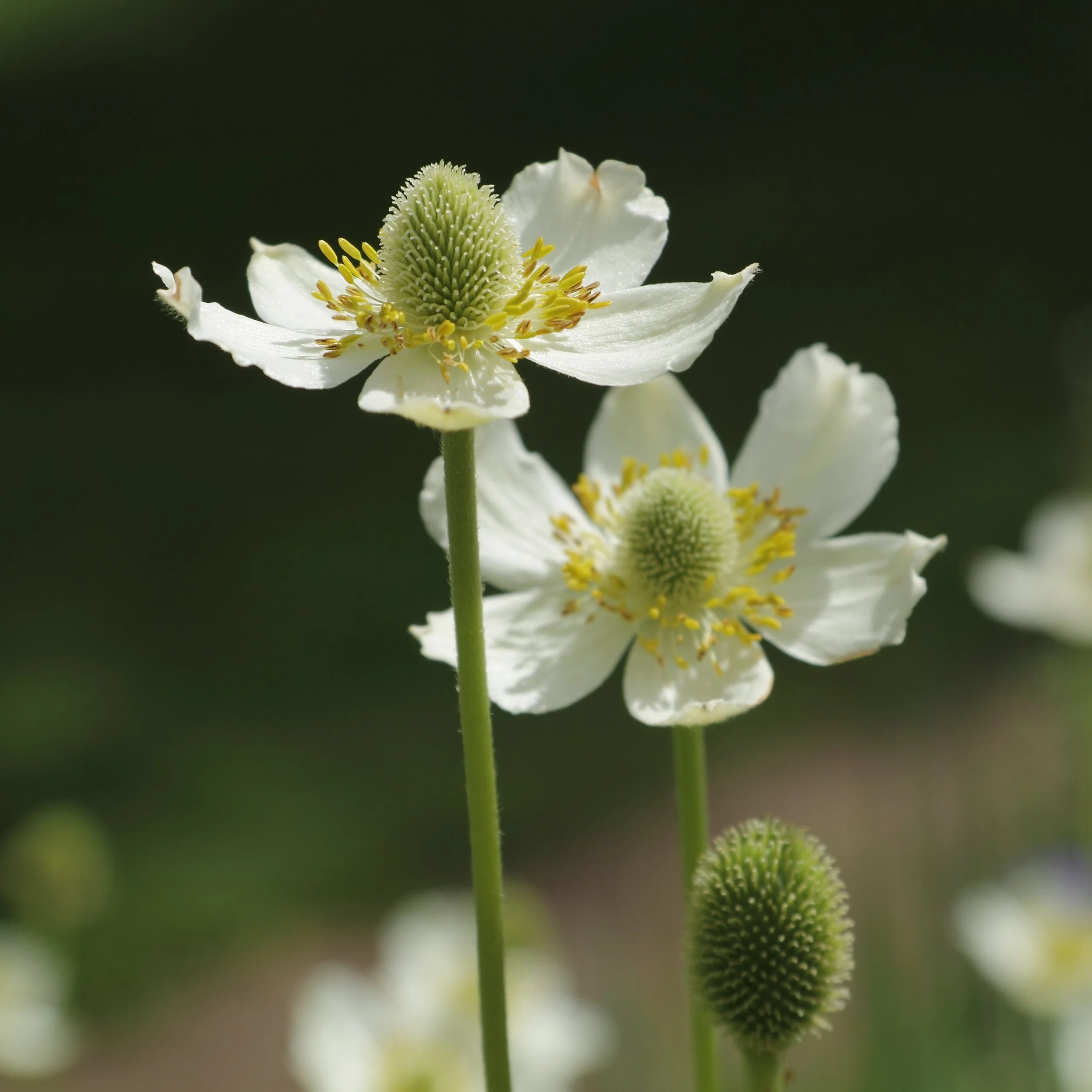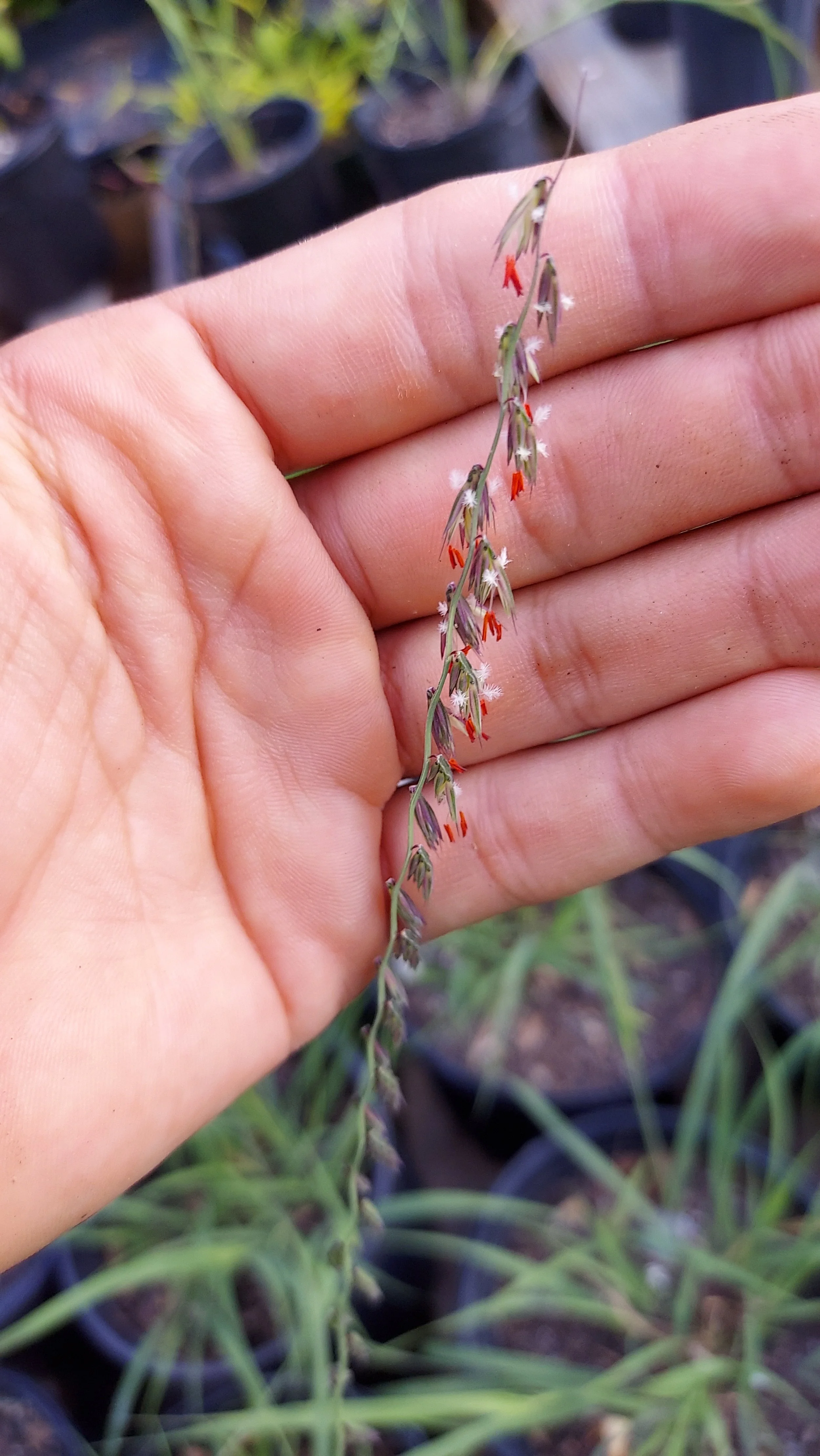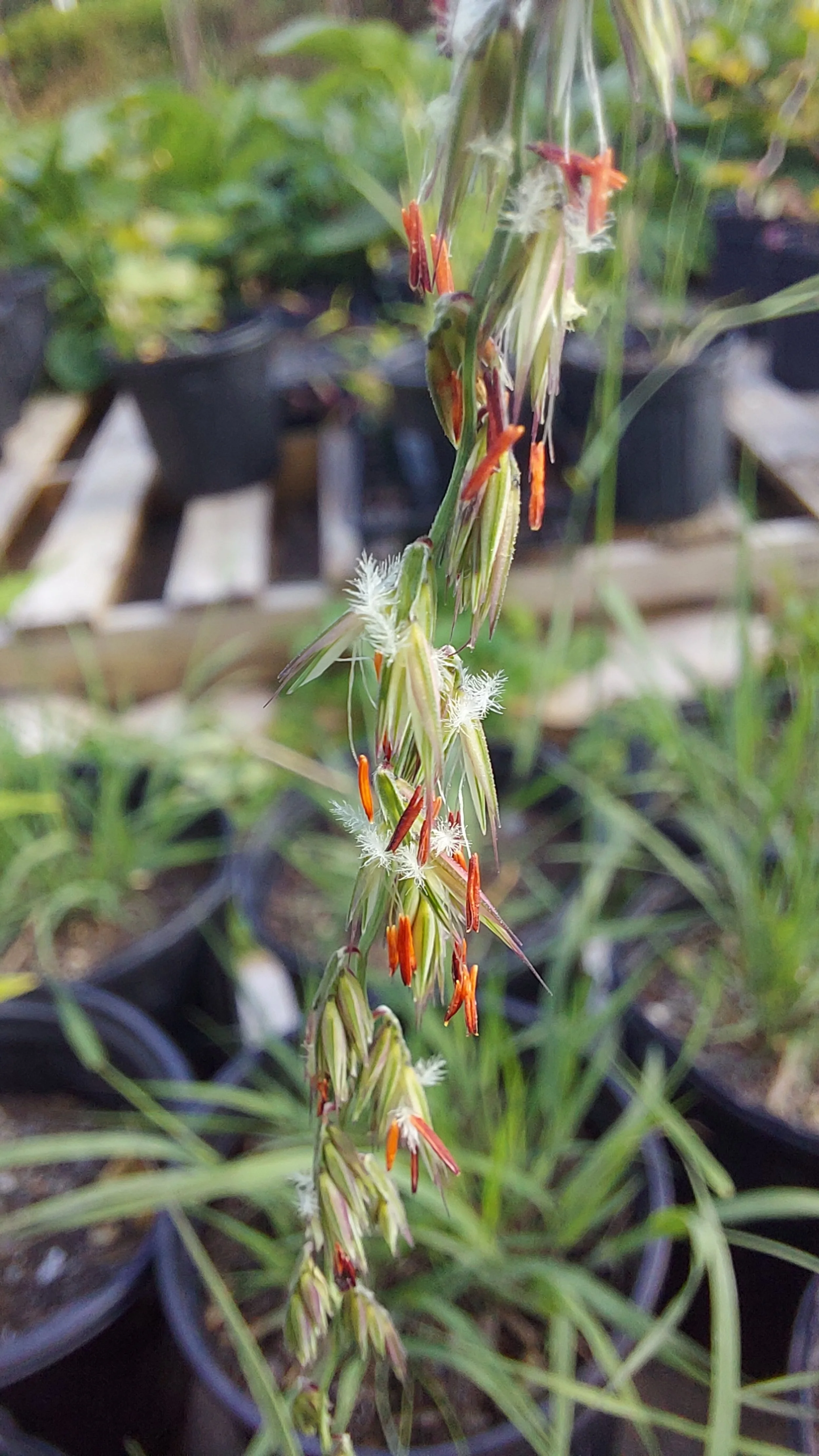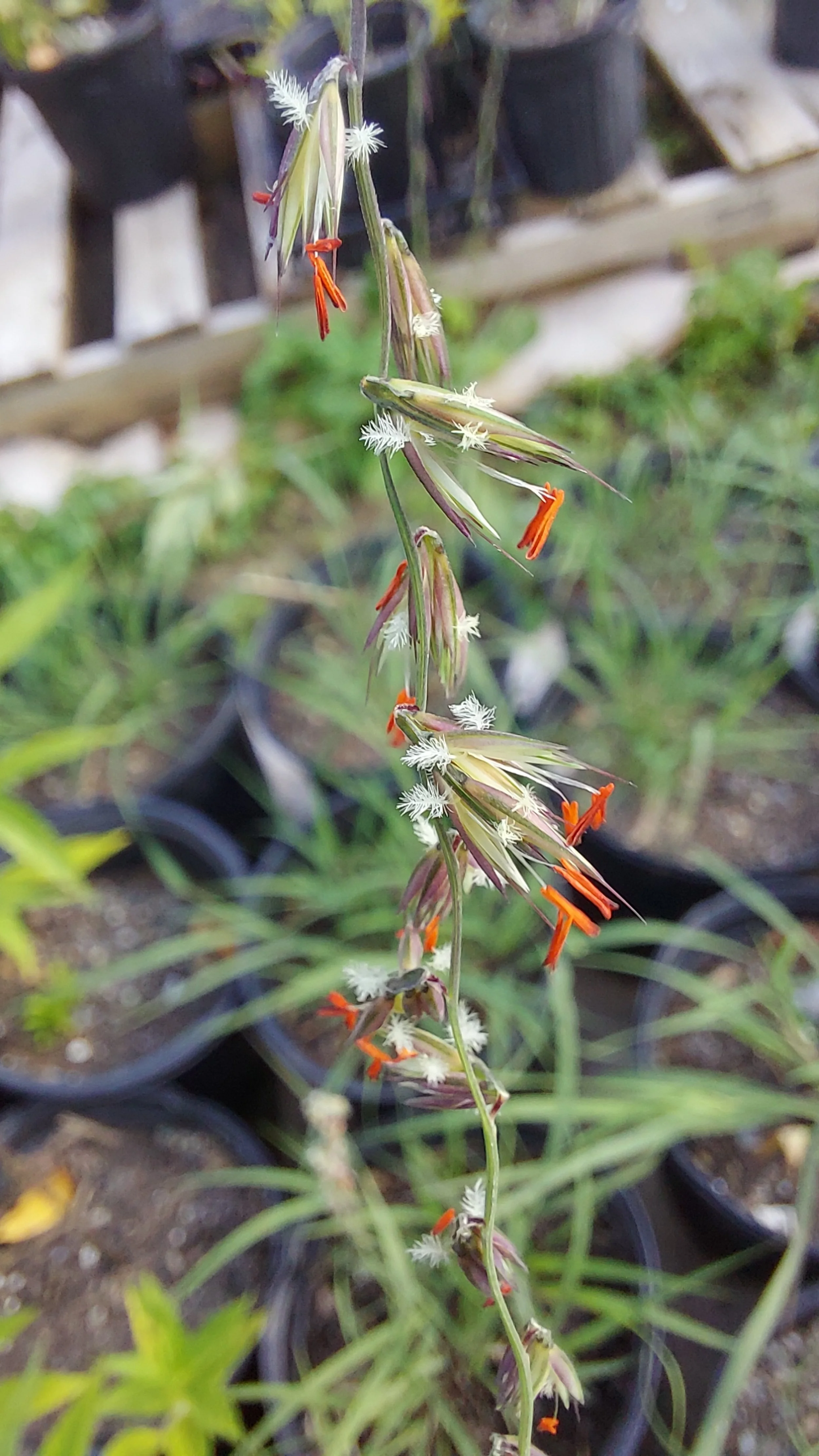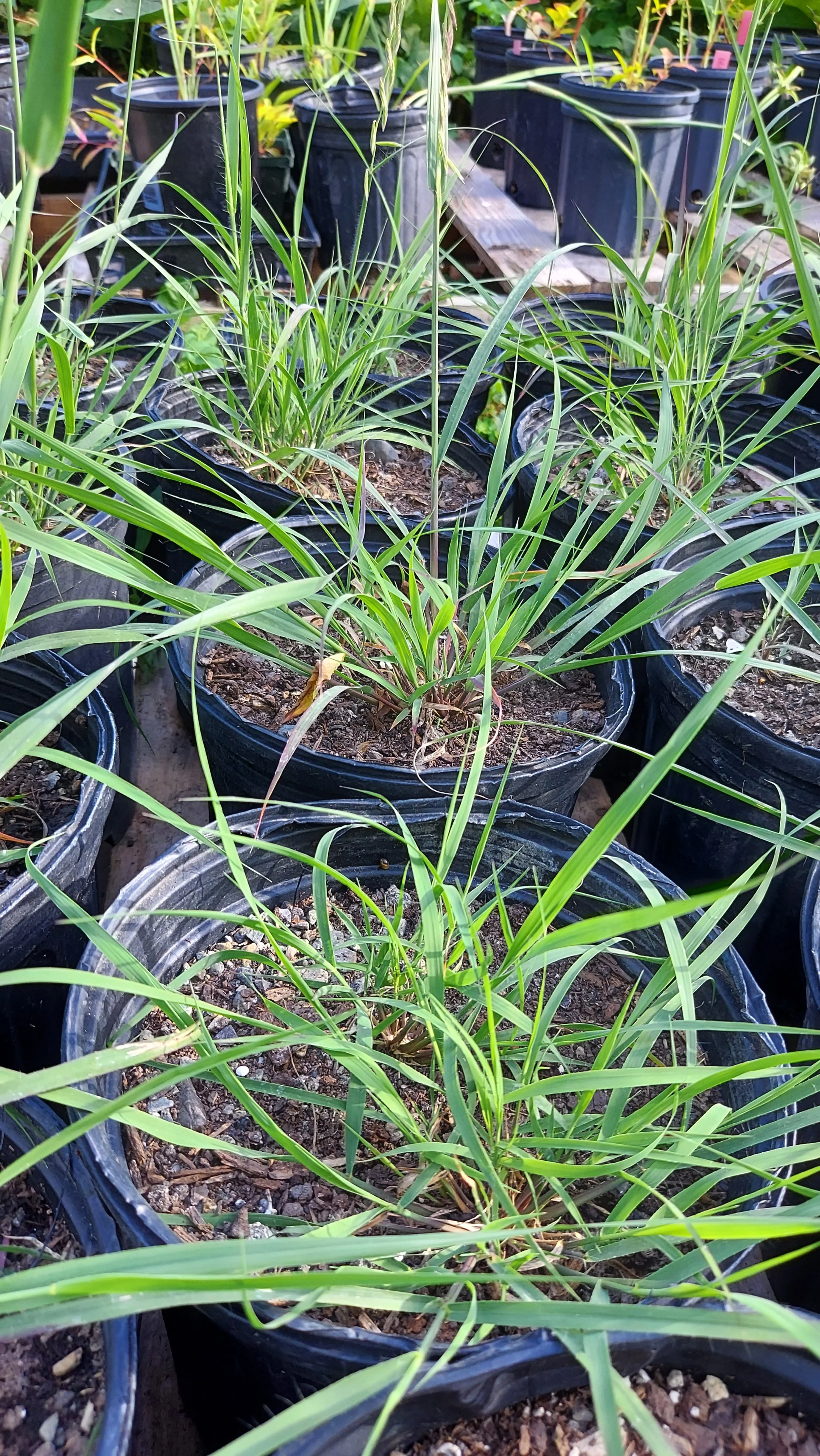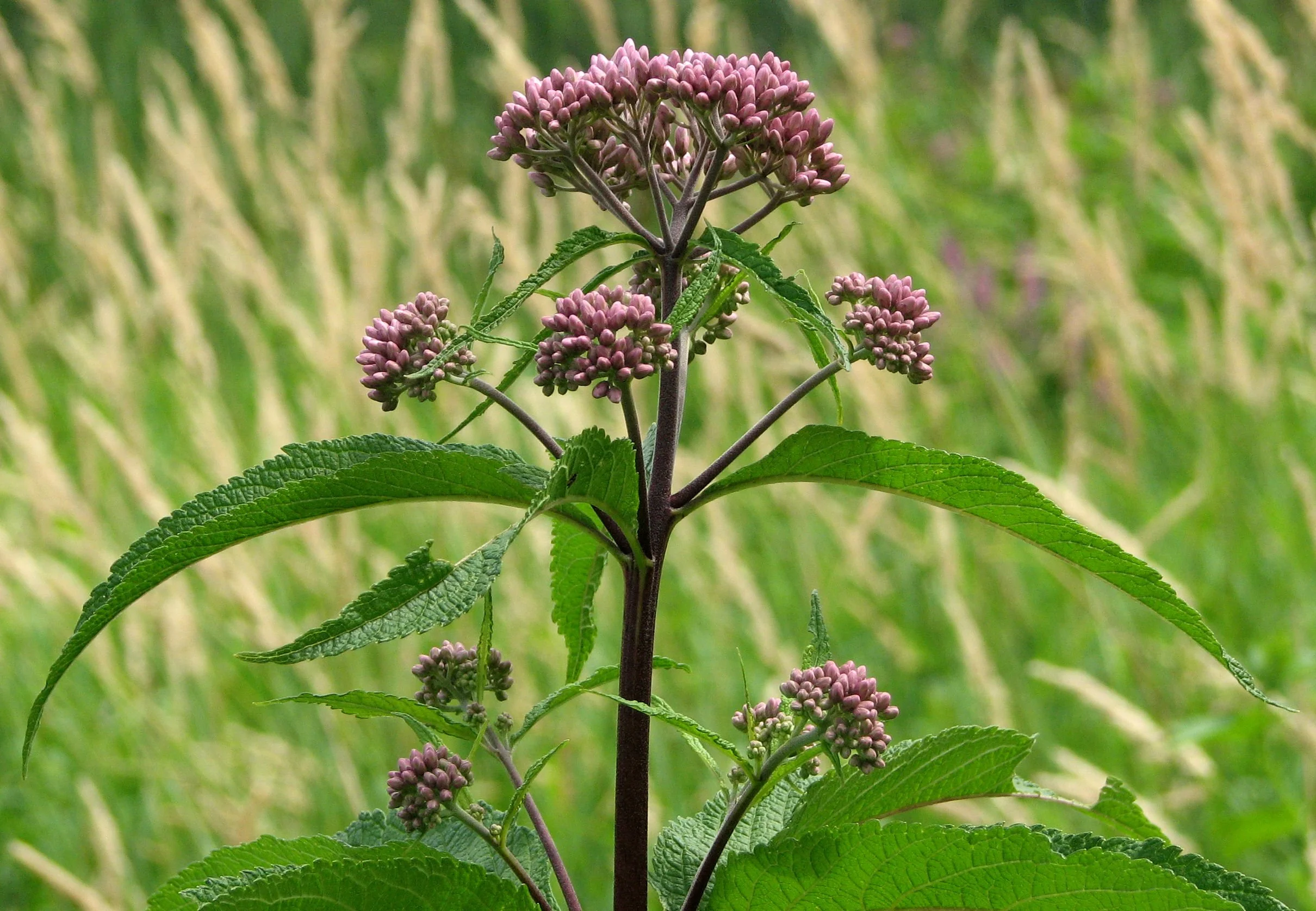 Image 1 of 3
Image 1 of 3

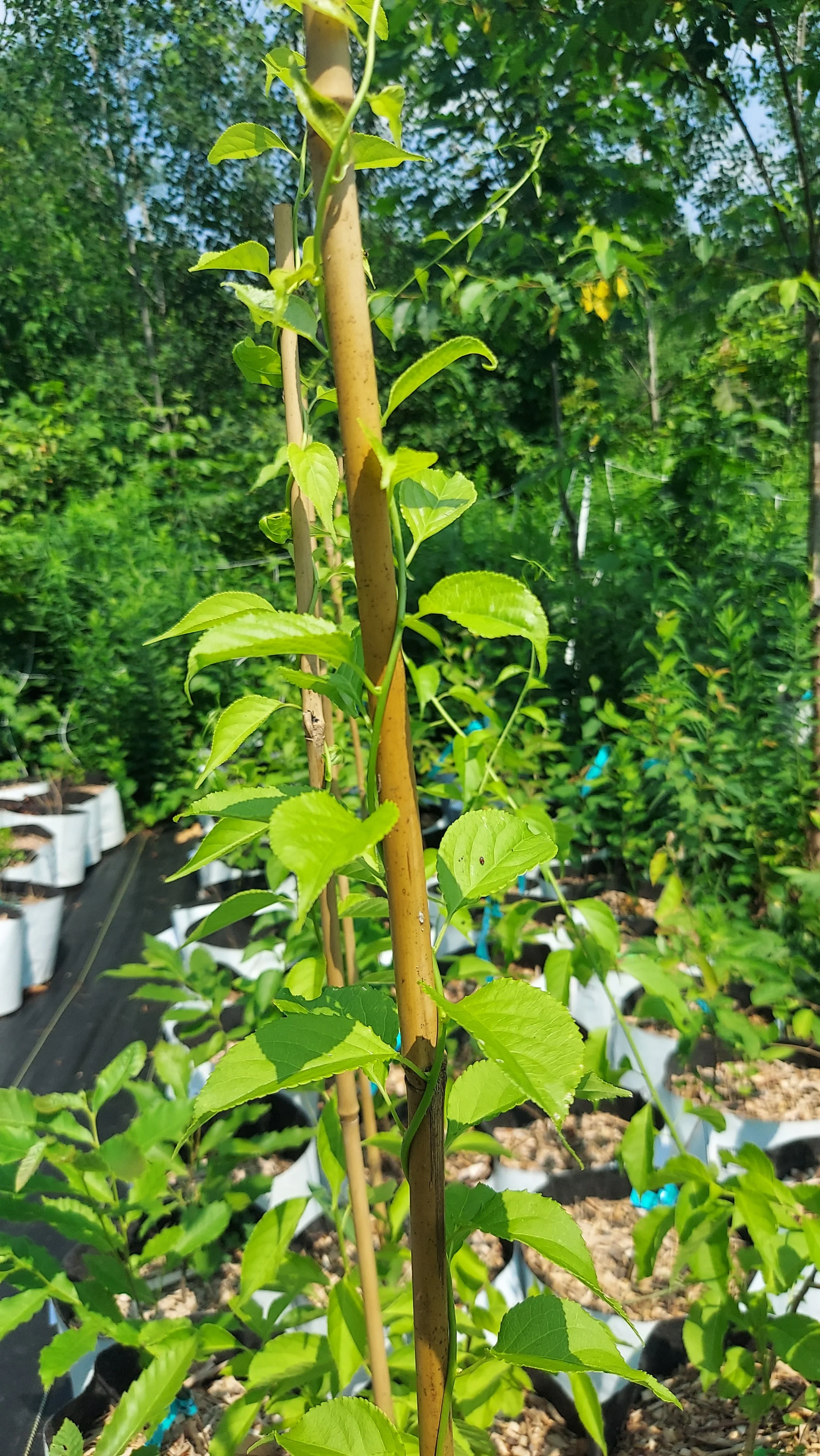 Image 2 of 3
Image 2 of 3

 Image 3 of 3
Image 3 of 3




American Bittersweet | Celastrus scandens
This woody vine is native to the Northeast but is sadly being replaced by the invasive (and more aggressive) Asiatic Bittersweet. It blooms with small yellowy-green flowers in early summer, but it shines the most when the fruit comes in — drooping clusters of bright orange-y, scarlet fruit that the birds absolutely love (they are not edible for humans).
As a climbing vine, make sure it has a trellis of some kind to grab onto. It's a great choice for covering up a fence, creating an arbor, decorating a “standing dead” tree, or even climbing up a mature tree. Just make sure you don't plant it next to a young sapling, which it will overtake. Plant two to ensure fruit production (male and female flowers are on separate plants).
American Bittersweet can grow in shade, but it'll produce more fruit in a sunny spot.
Container size: 3-gal
Sun: Full sun - shade
Moisture: Moist - dry (once established)
Maximum height: 30 ft
This woody vine is native to the Northeast but is sadly being replaced by the invasive (and more aggressive) Asiatic Bittersweet. It blooms with small yellowy-green flowers in early summer, but it shines the most when the fruit comes in — drooping clusters of bright orange-y, scarlet fruit that the birds absolutely love (they are not edible for humans).
As a climbing vine, make sure it has a trellis of some kind to grab onto. It's a great choice for covering up a fence, creating an arbor, decorating a “standing dead” tree, or even climbing up a mature tree. Just make sure you don't plant it next to a young sapling, which it will overtake. Plant two to ensure fruit production (male and female flowers are on separate plants).
American Bittersweet can grow in shade, but it'll produce more fruit in a sunny spot.
Container size: 3-gal
Sun: Full sun - shade
Moisture: Moist - dry (once established)
Maximum height: 30 ft


